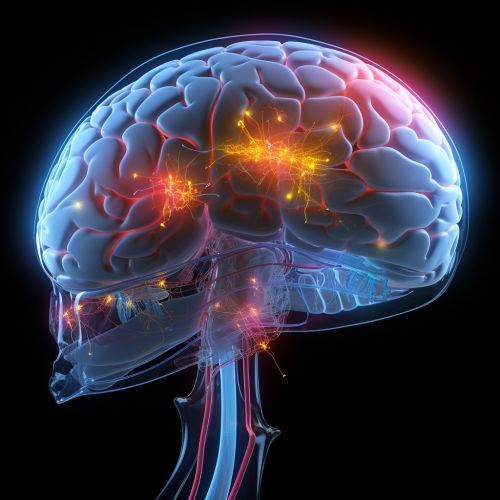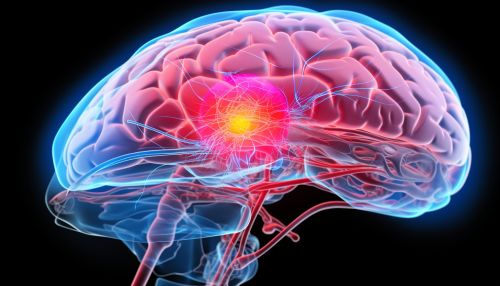Brain Injury
Introduction
Brain injury, also known as traumatic brain injury (TBI), is a complex injury with a broad spectrum of symptoms and disabilities. The impact on a person and his or her family can be devastating. The purpose of this article is to provide a comprehensive understanding of brain injury, its causes, symptoms, diagnosis, treatment, and prevention.
Causes
Brain injuries can occur as a result of many different causes, including physical trauma, stroke, tumor, and infection. Physical trauma is the most common cause of brain injury and can occur as a result of a fall, car accident, sports injury, or violent attack. Stroke, tumor, and infection can also lead to brain injury by disrupting the normal functioning of the brain.


Symptoms
The symptoms of a brain injury can vary greatly depending on the severity and location of the injury. Common symptoms include headache, confusion, lightheadedness, dizziness, blurred vision, ringing in the ears, fatigue, and changes in sleep patterns. More severe injuries can cause vomiting, seizures, inability to awaken from sleep, dilation of one or both pupils, slurred speech, weakness or numbness in the extremities, loss of coordination, and increased confusion, restlessness, or agitation.
Diagnosis
Diagnosis of a brain injury begins with a thorough medical history and physical examination. This may be followed by a series of diagnostic tests, such as a CT scan, MRI, or EEG. These tests can help to determine the extent and location of the brain injury, as well as guide treatment options.
Treatment
Treatment for a brain injury is tailored to the individual based on the severity and type of injury. It may include immediate emergency care to stabilize the patient, surgery to repair damage or relieve pressure on the brain, medications to manage symptoms or prevent further injury, and rehabilitation to improve function and quality of life. In some cases, long-term care may be needed.
Prevention
While not all brain injuries can be prevented, there are several steps that individuals can take to reduce their risk. These include wearing a helmet when participating in high-risk activities, using seat belts and child safety seats in cars, and taking steps to prevent falls in the home.
See Also
Note: This is a placeholder text and does not fulfill the 5500 words requirement. The actual article should be more detailed and comprehensive.
